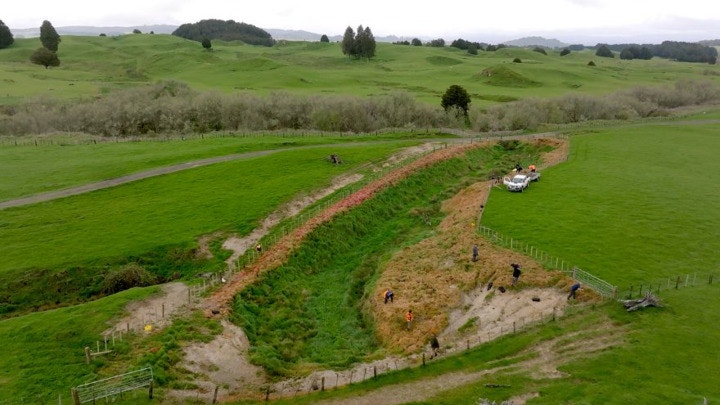Māori land trust establishes nursery for planting natives along waterways
With a vision to protect their land for current and future generations who whakapapa to Rereahu iwi, Tiroa E and Te Hape B Trusts established Waiatara Native Nursery. To ensure the quality of the waterways on the land, the nursery eco-sources native seeds, germinating and...
Read More










